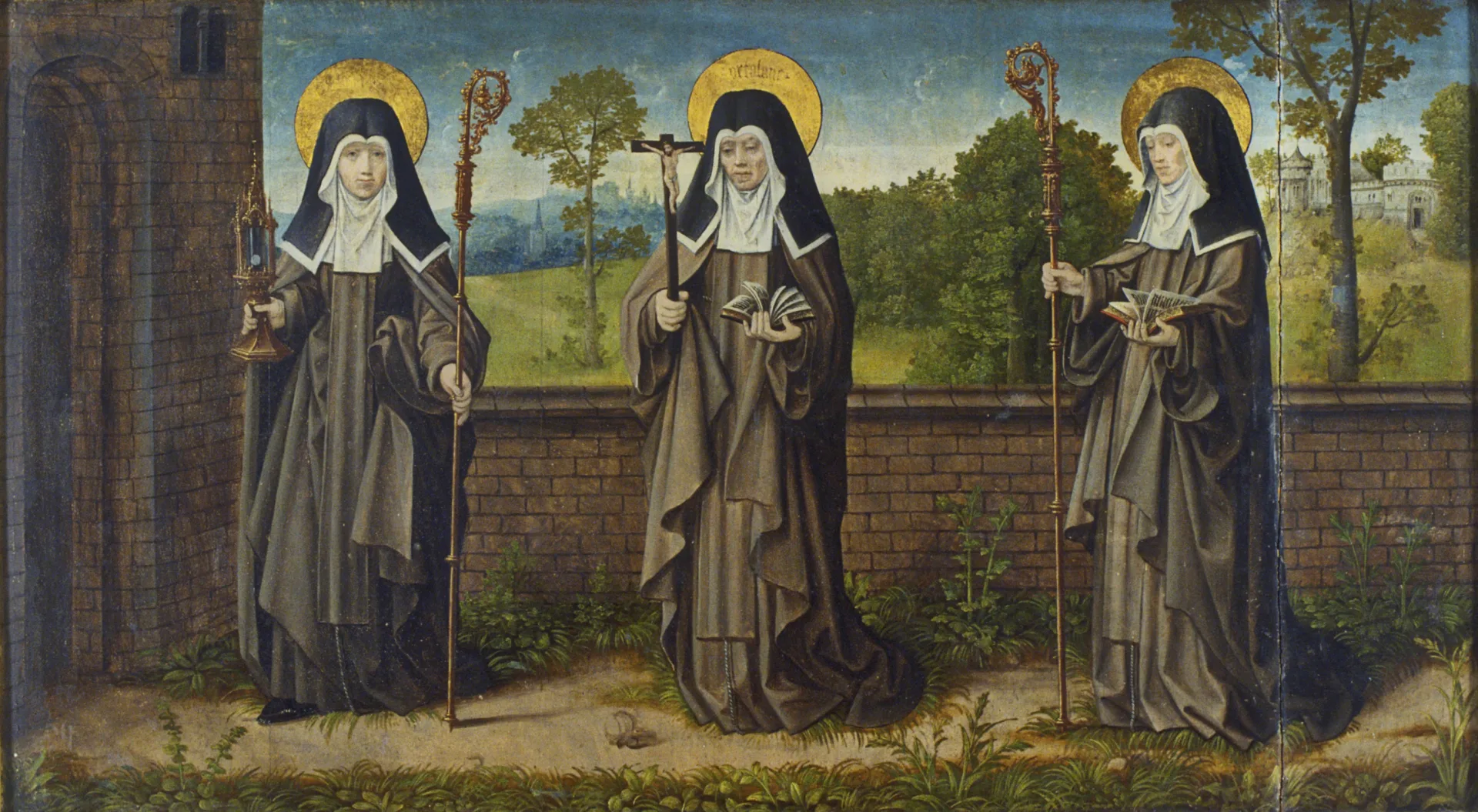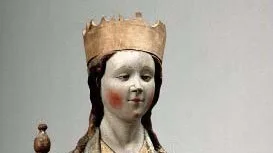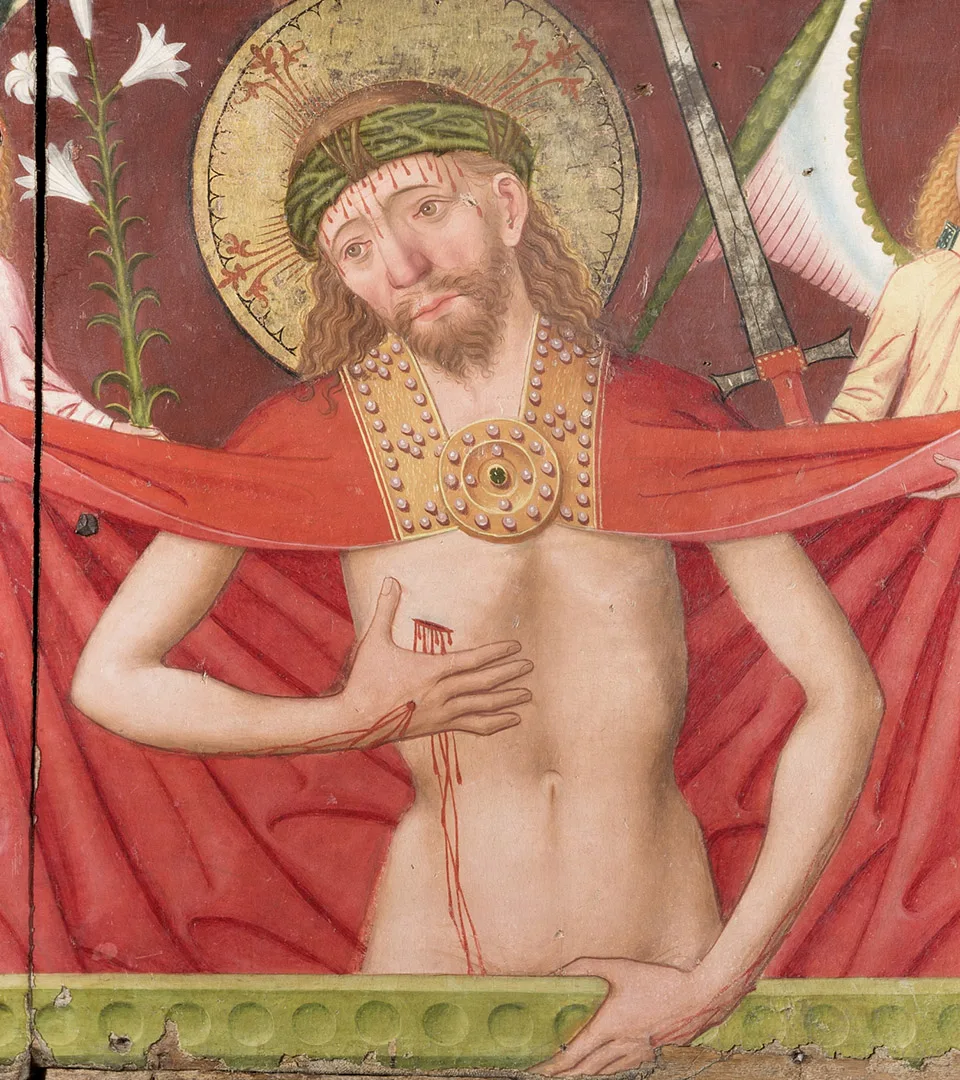Who was Saint Lucy?
Viking Age
AD 800 – AD 1100
Middle Ages
AD 1050 – AD 1520
Modern Age
AD 1520 – AD 2025
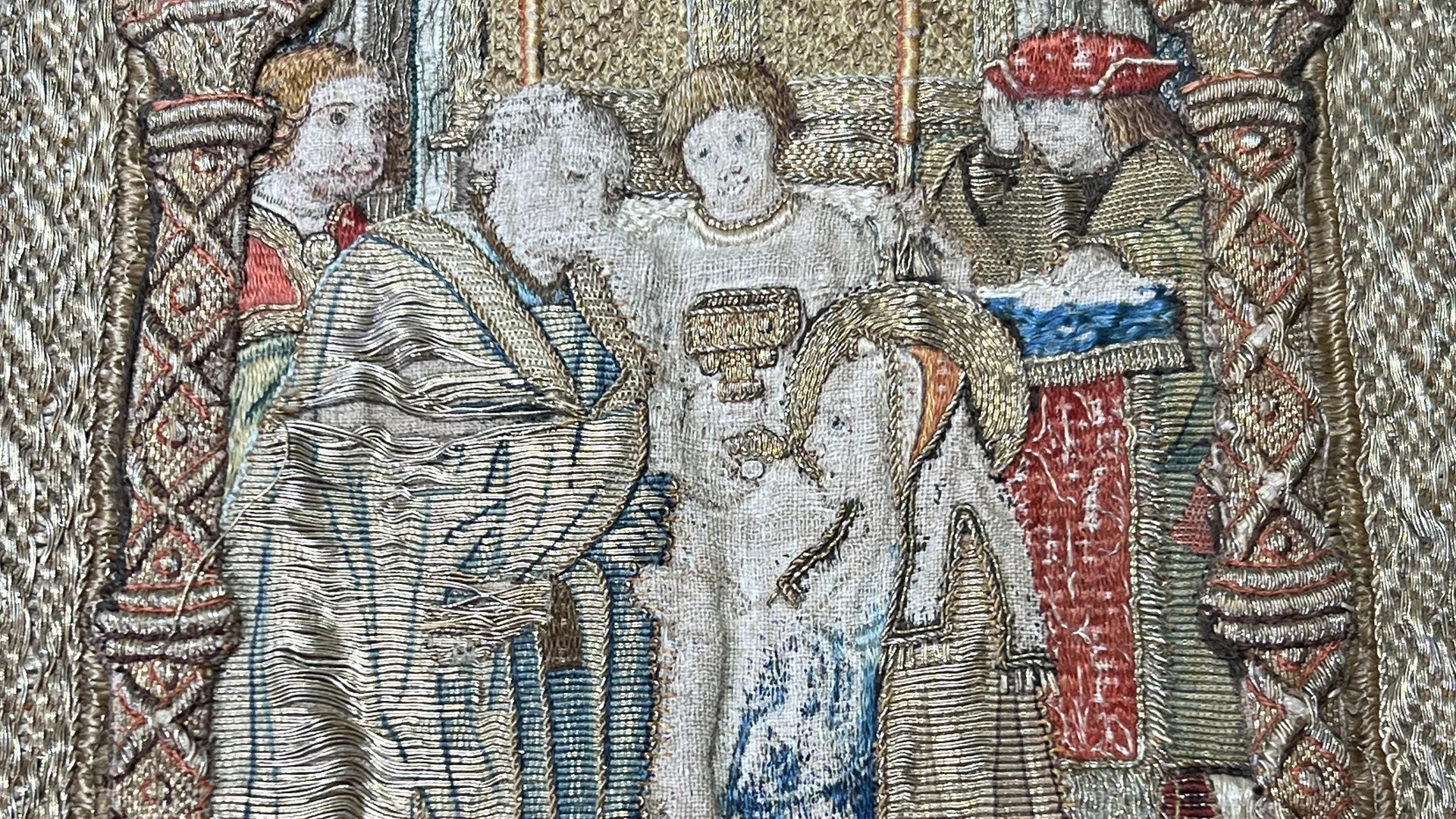
The legend of Lucy
According to legend, she was a devout Christian who gave her dowry to the poor of Sicily after her mother had recovered from a serious illness. When she donated her dowry, the man who was to marry her became so enraged that he denounced her to the authorities, for Christianity was not yet accepted.
As punishment, she was to be sent to a brothel, but no force could move her from the spot. A fire was then lit around her, yet the flames did not harm her. In the end, a Roman soldier thrust a dagger or sword through her throat.
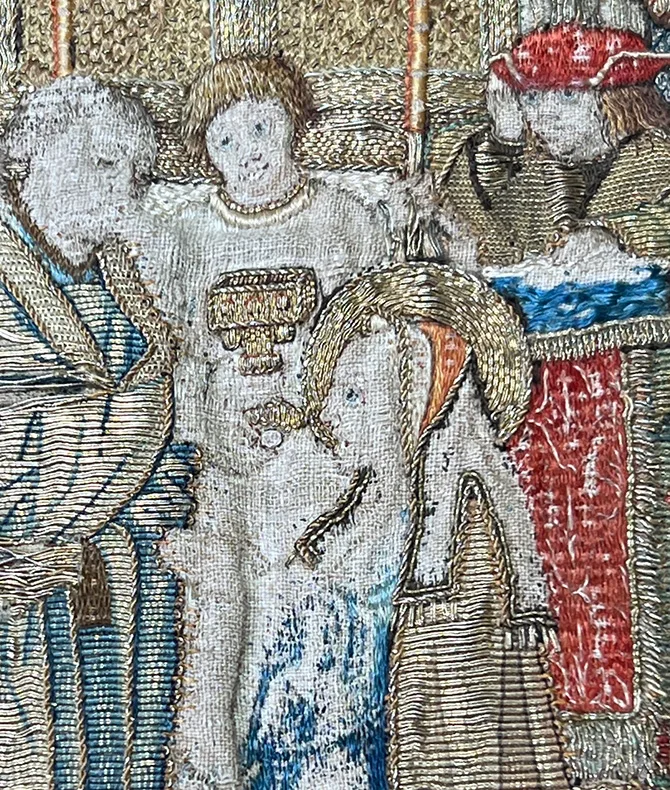
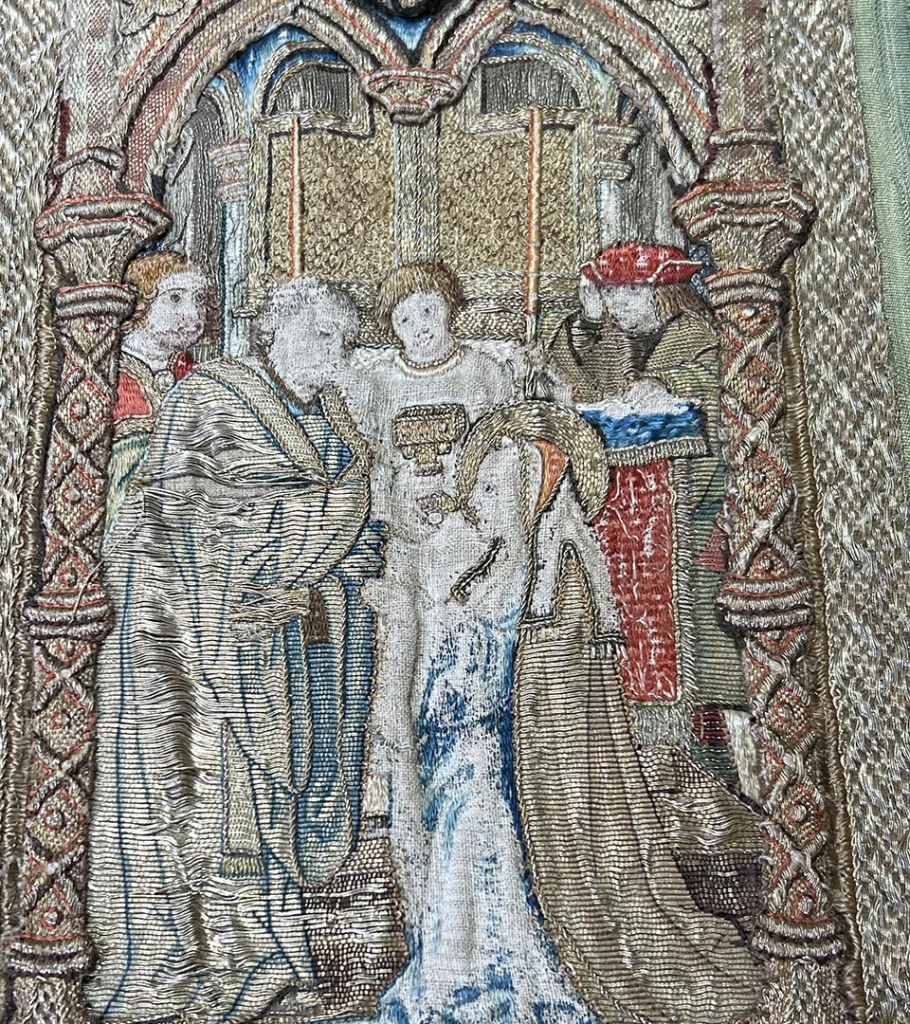
Photo: Maria Neijman, The Swedish History Museum/SHM, CC BY 4.0
Italy’s most popular saint?
Lucy quickly became a popular saint throughout Italy. Relics of her, including her eyes, were preserved in Naples, while the rest of her remains are in Venice, originally housed in a church that was later demolished to make way for the railway station. She is often depicted holding her eyes on a plate. According to the legend, her eyes were either gouged out before her death, or she plucked them out herself.
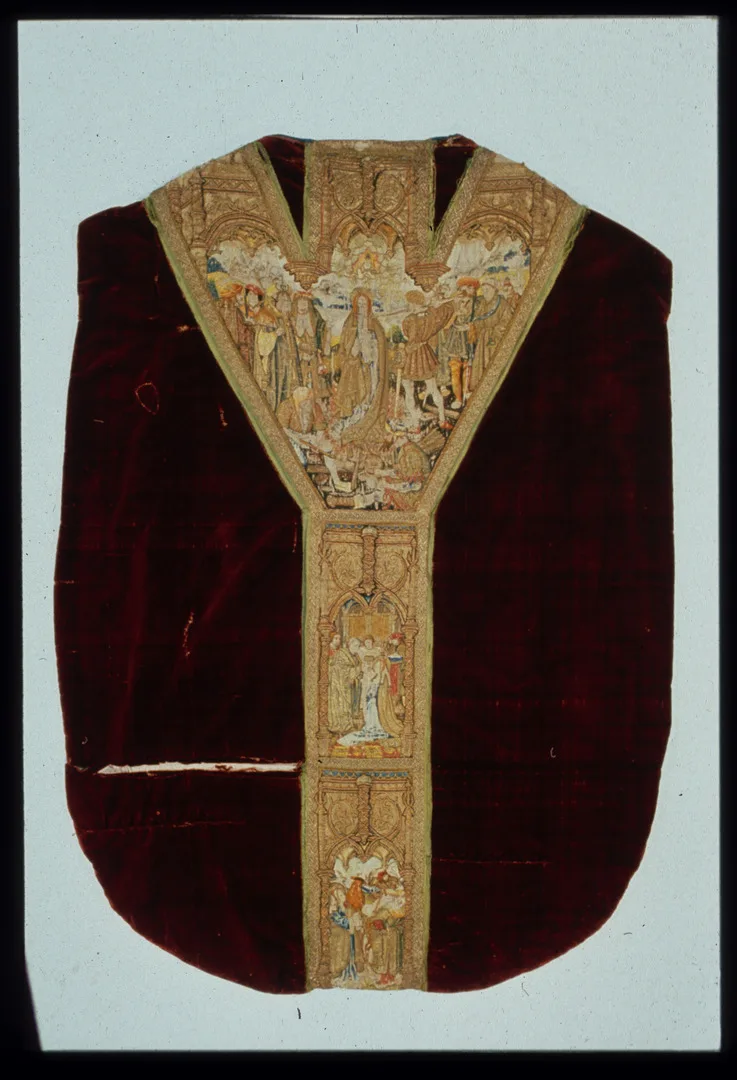
Mantle with embroidery of Saint Lucy
From Torskinge Church in Småland.
Lucy in Sweden
In medieval Sweden, 13 December was celebrated as her feast day, though few medieval depictions of Lucy survive. Among those that do are embroidered images on a chasuble dating from the fifteenth century. A chasuble is a liturgical garment worn by priests during the Eucharist. A Flemish embroidered chasuble from Torskinge Church in Småland is unique in Sweden, as it is the only one to depict the full story of Lucia’s martyrdom.
Lucy’s fate, to be killed for her Christian faith, has no connection with the Swedish Lucia traditions. These did not arise until the nineteenth century. However, as long as the Julian calendar was in use, the winter solstice fell on 13 December. Lucia therefore came to be seen as a harbinger of brighter times and longer days. She is also regarded as the patron saint of the blind.

